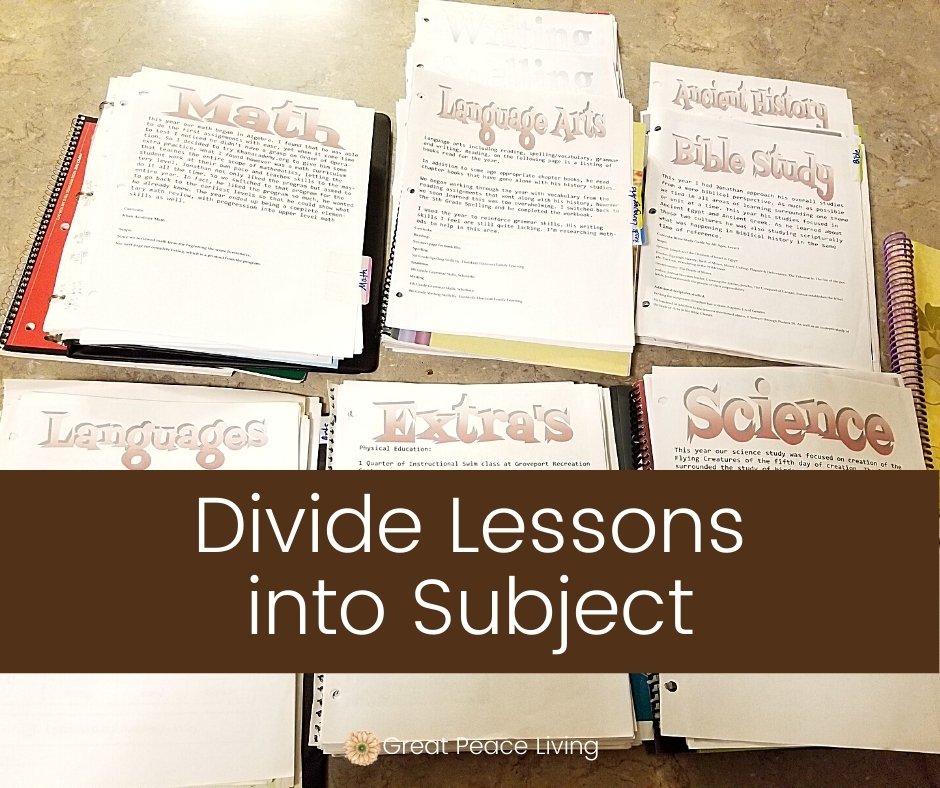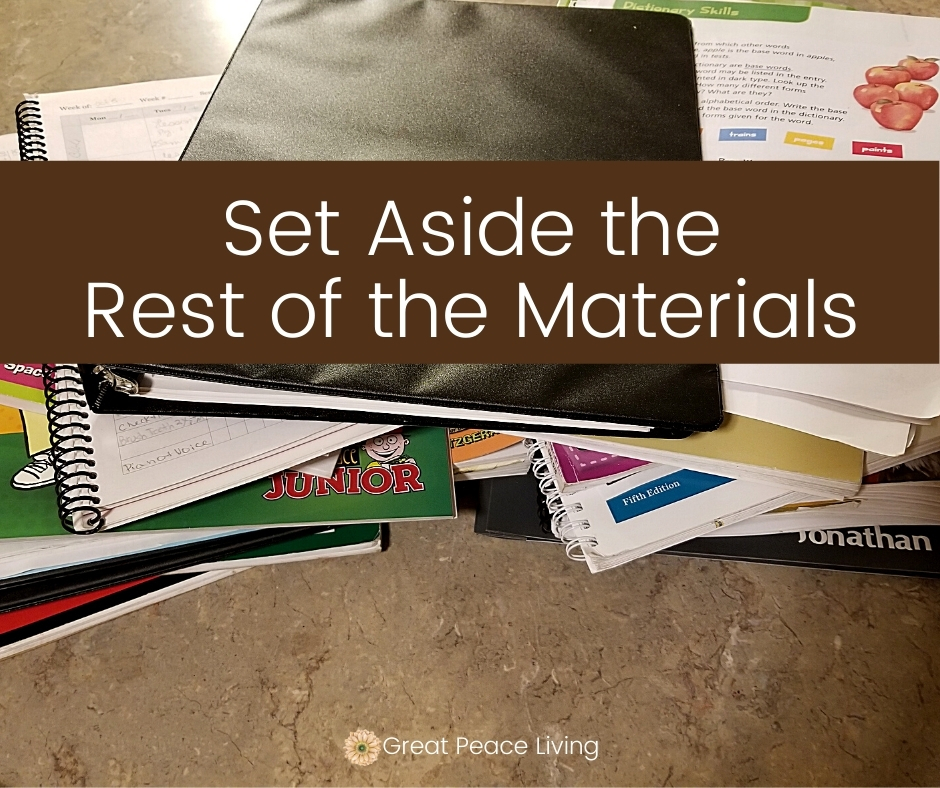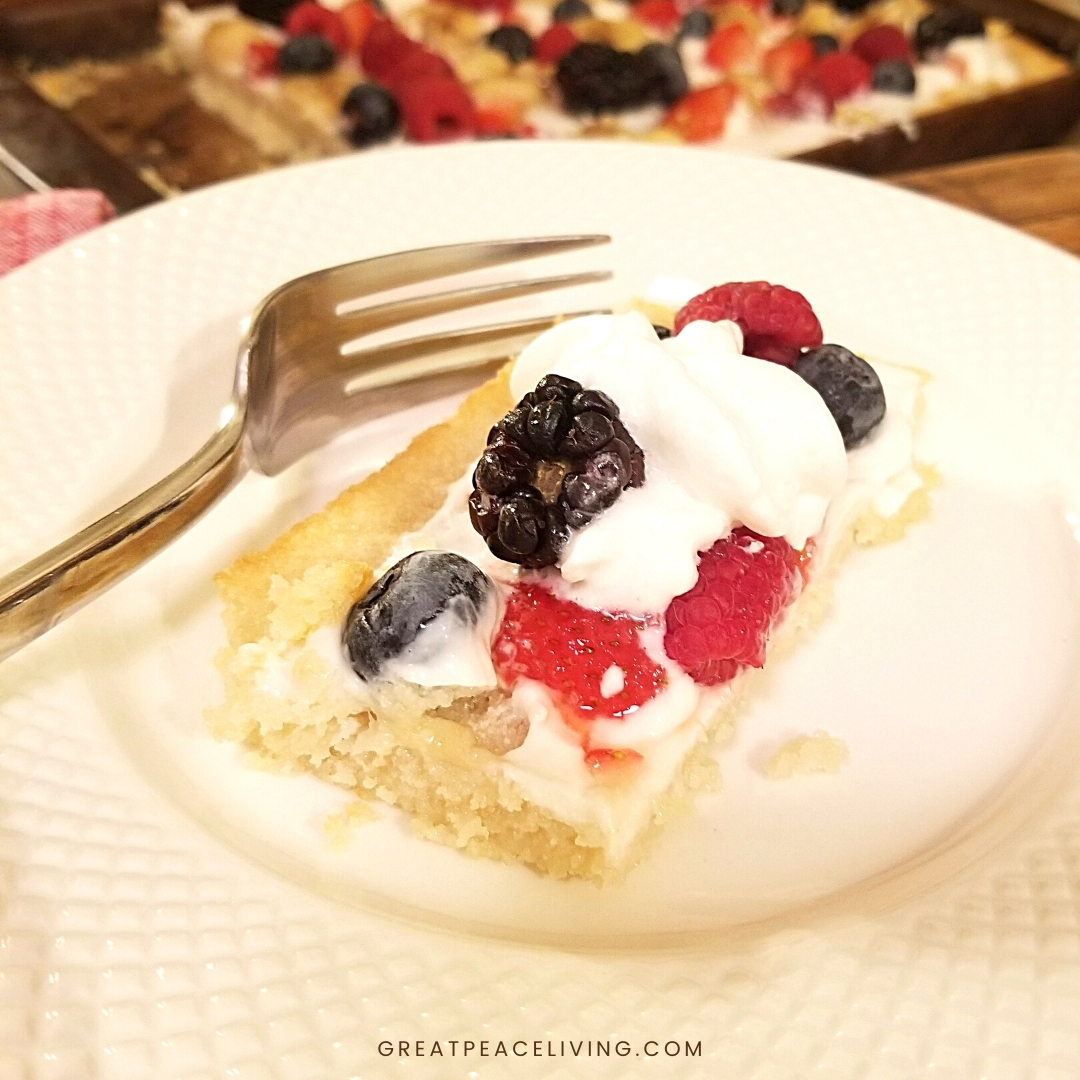
Build a Homeschool Portfolio for Assessment
It’s that time of year again. The time of year when we as homeschoolers are thinking about and prepping for next year.
For many of you it’s also time to pull together your materials for a homeschool assessment.
I used to live in the state of Ohio where assessments are required. You can choose to do standardized testing or portfolio assessments.
In Missouri, where I currently live, it is not a requirement. However, it is always good idea to keep a portfolio each year as a record for future reference. Every state has different laws regarding homeschooling requirements, so be sure to check your own state’s homeschooling specifications.

It’s also the time of year when we begin researching for curriculum, making decisions and attending homeschool conventions, reading catalogs, buying and prepping curricula. We are considering our list carefully because we will soon be notifying our school districts and states that we will once again be choosing to home-educate our little ones.
This post contains affiliate advertisement links.
How to Prepare a Homeschool Portfolio for Assessment
It all starts with keeping track as you go through your year. As you write your lesson plans or as your child progresses through materials, keep a running list of what they are working on.
Keep lists of library books and readers that your child is reading throughout the year. Keep a list of field trips taken, co-ops attended, and outsourced classes.
Utilizing a lesson planner, whether paper or digital, can help to keep all these things in order.
Grab my FREE Homeschool Planner
Simply click the link above or the image below, enter your email, you’ll be emailed a link with a password to find this planner, then Download & Print.
Prefer a digital planner?
I Highly recommend the Homeschool Planet Planner. Using the Homeschool Planet is easy, especially after you get the initial set-up complete. There are so many benefits to using a digital planner and you can read more about why I think using this one is beneficial for the whole family.
Gather the Completed Lesson Material
Start by gathering all of the materials your student has completed for the year. Collect all their notebooks, tests, art projects, maps, and projects.

In this stage you don’t need to worry about whether it’s right for the portfolio. Simply gather all the paperwork, the lessons completed, the worksheets, notebooks, journals, notebooking pages, etc..
Make a list of library books, and readers that your child has read through the year. Keep a list of field trips taken, co-ops attended, and outsourced classes. Record test scores, and write up a brief explanation of how you utilized curriculum for each subject.
For hands-on activities, co-op studies, field trips, etc. You can take photos of any materials that won’t fit into the portfolio.
▬ Organize Everything into Subjects
Divide all the materials you’ve gathered into subjects. In some way mark those stacks of materials so you will remember where everything is.
I like to create cover pages for each subject. This way I can include a short paragraph describing the curriculum used, and the way the student worked through the material. I also include any overall scores for the quarters and year.

Select Samples of Work for Each Subject
Select samples that show an overview of the work completed for each subject. You want to select a few examples that cover the scope of study during the school year.
Think about showing a progression by highlighting work done early in the year. Include work from the middle quarters, and also lessons that you completed at the end of the year.

The intent of a portfolio is to show that the child has made progress from the beginning of the school year to the time of the assessment. The assessor does not need to see the entire body of work in order for that to be the case.
I have to say, in years past I was not very good at this. In fact, I kind of thought, the more I show the better it will be. But the reality is I was mostly just trying to show what all we did, rather than show the progress made.
Include Extracurricular Activities and Lessons
Often, extracurricular activities are a vital part of a homescholers life. I like to photograph these experiences, and include them in our portfolio.

It helps to show that that you are providing a well-rounded education.
By the way, I love notebooking in our Homeschool and I’ve just discovered this great resource.

Pull Together Your Portfolio
Now that you have all of the subjects organized, and sorted it’s time to build your portfolio.
Binders are a great way to build your portfolio. It allows you to organize everything into a simple system that displays the work for viewing with ease.
Plus, you can keep each portfolio from year to year building an educational scope for the entire student’s educational years.

Place each subject in the binder using the cover pages for each one. Then add your sample pages with each subject.
I place award certificates and artwork in clear binder sleeves, or the front or back pockets of the binder.
On the front cover you can create a cover page and slide it in if the binder has a clear sleeve. Or, you can simply write the name of your school, child’s name, and academic year on the cover with a Sharpie marker.
Set Aside the Remaining Homeschool Materials

The rest of the materials are not needed for the portfolio. You can keep whatever you feel you need to in a box. I keep a paper size box storing work that spans a couple of year’s worth of work. But, it isn’t necessary to do this part.
You can actually discard the rest. But, we all know how hard that can be for a mom’s heart.
That’s it and it’s not at all as scary as it sounds!
Recommended Teacher Assessors
You’ll need to find a teacher to perform the assessment. Any teacher who is certified in the state of Ohio can do it. A willing friend or family member is a great option.
Have you completed your assessment? Are you prepping it now? What do you do differently?
Her sample helped me so much to know how to organize the portfolio each year.
- Chris Quickert at The Homeschool Gym
- Becky Boerner at Ohio Homeschool Assessments
- Lisa Cox at School Solutions
Discover more about how to navigate homeschooling with your children.
- The Ultimate Guide to Homeschool Education Methods
- A Reader Asks… Should I Have a Homeschool Name?
- Learning Styles You Should Know when Homeschooling
- 10 Homeschooling Words You Need to Understand










5 Comments
Jessica
Her website wasn’t working for the examples. Do you know another way to see the portfolio examples?
Renee Aleshire Brown
Hi Jessica,
I’m sorry the link isn’t working. It looks like she’s updating her website. You can try again later. Or, if you are in Ohio and homeschooling you can join Ohio Homeschooling Parents, , Lisa (the owner of the site) is one of the admins there, tell her you saw the post at Great Peace Academy and were hoping to see the examples on her page. She’s also a certified teacher who performs assessments.
Rose
Just letting you know it’s more than a month later and the link still doesn’t work. I don’t know how to get to the Ohio homeschooling parents. I tried searching, is that a Facebook group? Please let me know, I saved your link and couldn’t wait to read it and after all this I still have nothing lol.
Nik
Same as the above comments…..the link sends you to an inactive website. Will she be putting it back online? Would love to see her portfolio example.
Renee
I’m so sorry that the link isn’t working. I’ve reached out to Lisa and she doesn’t plan to continue a website. So I updated the above links to her Facebook page, and a Facebook demonstration for her portfolio assessment. I hope that will help. Additionally, I’ll leave the link for her example here:
Homeschool Portfolio Example –